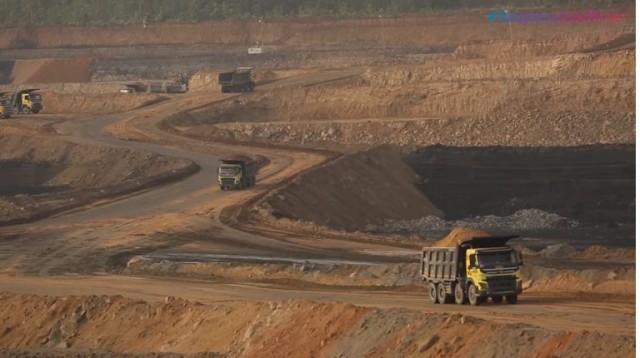The question whether development should suffer for the environment or vice versa has been a topic of heated debate among industrialists and environmentalists for ages. While there is no denying that the Earth should be protected as a clean, safe planet for the flora and fauna on it now and in future, there is also no argument against development works which are carried out by adopting good environmental practices. With best industrial approach and using the right resources and technology, we can help build a sustainable future without causing much harm to the environment.
Let’s here analyze how the best mining practices can help avoid the possible harms to people and the environment.
Watch a video which showcases some of the best practices in green mining:
#1 Best practices in Mining to prevent pollution: Pollution from mine dust is one of the most severe concerns affecting mine workers. Exposure to dust can cause major health risks to the workers. While most mining firms follow conventional protective measures such as masks and shields, there is a healthier way of preventing the dust emerging from the mines. For example, the Surface Miner is an innovative approach which uses inbuilt water sprinkling system to prevent dust from mines.
#2 Best land reclamation practices: With mining, acres of land is losing its biodiversity every year. Is there a specific guideline that miners must follow to reclaim the land and rehabilitate the people and the biodiversity affected by the process? Every responsible miner should pledge that they reclaim the land and get its life back as before or even better. Progressive reclamation is one such practice that can help regain the lost biodiversity over a period of time. In fact, the post-mining land with loose soil will be more suitable for biological reclamation, so plants are expected to grow quickly. However, there should be proper planning for irrigation and care of the saplings to ensure that they attain full growth in the desired period.
#3 Backfilling: Successful or not? Backfilling is the process of re-planting the old trees affected by mining. The process may be successful depending on the nature of mining and weather conditions. For example, if mining happens faster and the area is cleaned up within a few days, re-planting of the trees will be successful. While the task may be difficult for big trees, it has been found highly successful (85-90 percent) for smaller trees. For backfilling, mining should be scheduled to a favorable season so that the roots of the trees don’t get dried up. The success also depends on which method the miner uses for uprooting and backfilling. Some of the mining firms use special equipment that helps in plucking the plant without affecting their roots and preserving them for a period of time. Since the roots also carry the soil along with them, the trees have greater survival rates (watch the video).
#4 Geoblanketing to prevent soil erosion: Soil erosion is one of the biggest challenges in post-mining reclamation. Geoblanket has been identified as an ideal solution by some of the developed economies. Geoblankets are made of eco-friendly, biodegradable materials such as coconut fiber, so they help preserve the quality of the soil in the long run. Geoblanketing also helps in preserving the humidity of the soil, further supporting the growth of plants even in harsh summer.
#5 Water recycling: Water required for mining is usually obtained from the nearby river or ponds. If not managed properly, the huge quantity of water used in mining activities will go waste, leading to water scarcity in nearby areas. The polluted water cannot be expelled back to the natural water sources as they will cause serious environmental problems. Water management becomes a Herculean task for a responsible mining firm as it involves recycling the waste water in an environmentally friendly manner. With several sewage recycling methods available across the world, recycling of water should not be a worry for them. They can purify the water for reuse in mining activities and for irrigation of the flora.
#6 Rehabilitation of inhabitants: Last, but the most important responsibility of the miner is the rehabilitation of the human population. No money can compensate the lost “own” land, so the best efforts have to be made to provide accommodation and facilities to the people affected by mining. Authorities must act on time so that the affected get the better deal before the development works uproot their lives forever.
The above list is not an end in itself; rather it’s just a basic set of formulas that have to be imprinted on every such initiative we undertake on Earth. The goal of mining or any such developmental activities should be the empowerment of the community and ensure a sustainable living. By following such green initiatives, we can contribute to the betterment of the world without affecting the ecosystem.
Shreya Joshi
editor@greentechlead.com


